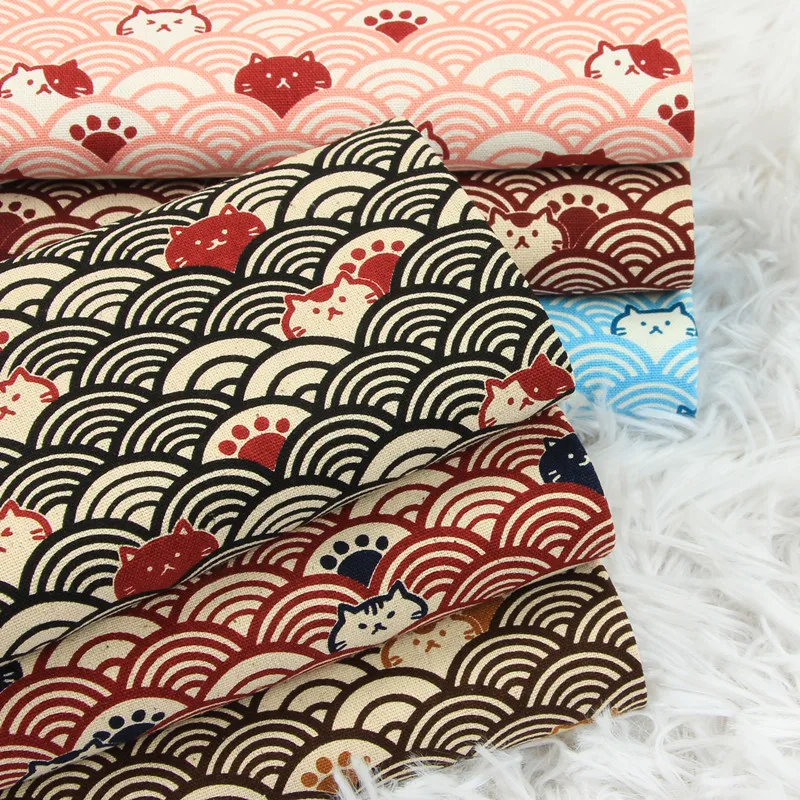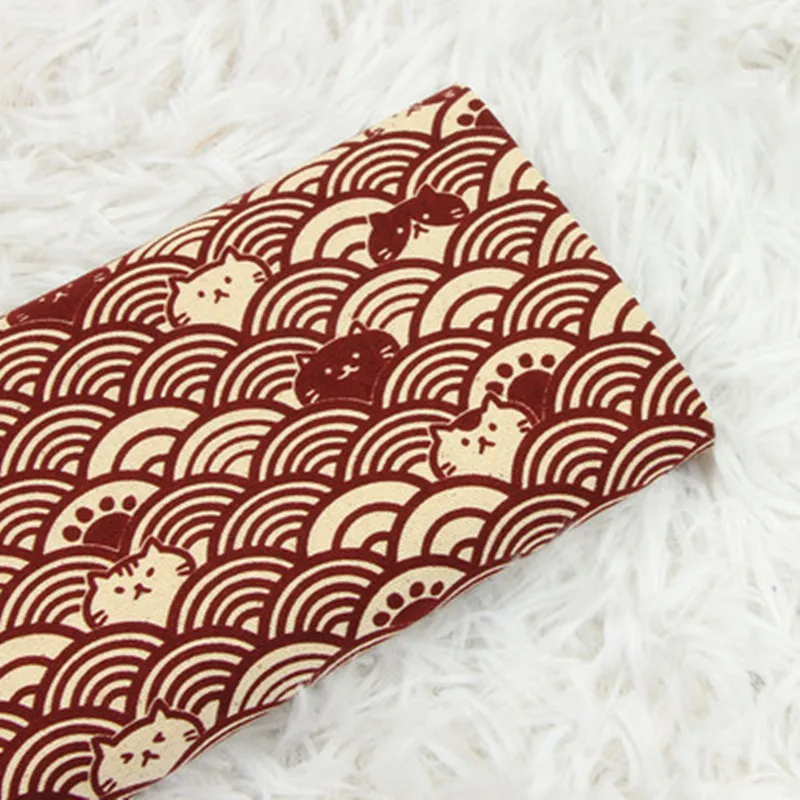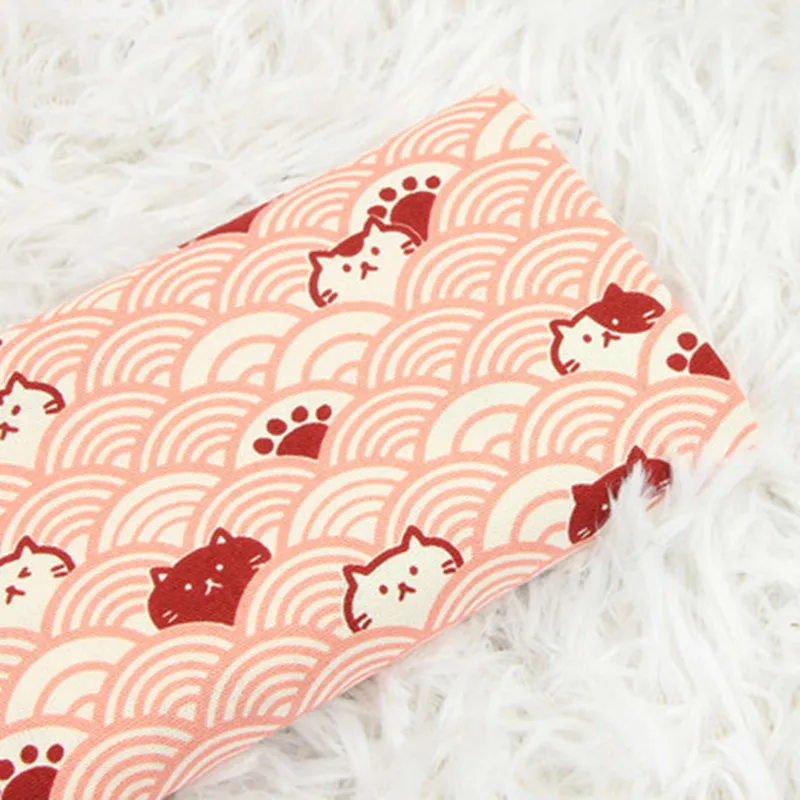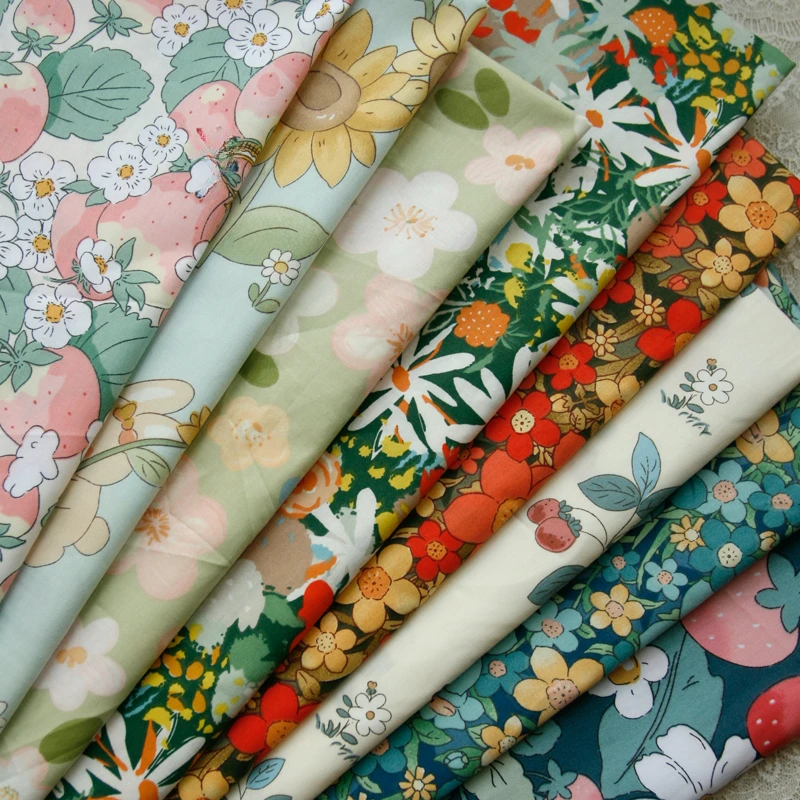Glue stains on fabric can be a real headache. Whether it’s an accidental spillage from craft projects or a mishap in a DIY home repair task, removing glue from fabric is not often straightforward. This article delves into some expert tips and techniques for removing stubborn glue stains from fabric, using approaches that are both safe and effective. By understanding various types of glue and the materials they interact with, you can tackle any adhesive dilemma with ease. Let’s explore these solutions, each in detail, to help you reclaim your pristine fabrics.

Understanding the Type of Glue
Not all glues are created equal, and understanding the type of adhesive you are dealing with is the first step in removing it effectively. PVA glue, super glue, and fabric glue all have different chemical properties and, consequently, require different removal techniques.
PVA Glue: This is a water-based glue often used in school projects and woodworking. It is generally easier to remove because it dissolves with water and mild soap.
Super Glue (Cyanoacrylate): Known for its quick bonding and strength, super glue is one of the most challenging types to remove. It often solidifies instantly upon contact with fabric fibers, necessitating strong solvents for removal.
Fabric Glue: Made specifically for bonding fabric, this glue can usually be removed with solvents like acetone but may require pre-treatment to loosen its grip.
Each type of glue interacts with fabric in a distinct way, and identifying the specific adhesive involved will guide you in choosing the best removal method.
Pre-Treatment Assessment
Before you start any glue removal process, it’s essential to assess the stained fabric. The type of fabric—whether it’s natural like cotton and wool, or synthetic like polyester and nylon—will determine the best removal approach.
Natural Fabrics: These are generally more resilient to various cleaning agents. However, they can also react unfavorably to harsh solvents if not handled correctly.
Synthetic Fabrics: These are often more resistant to staining but can be sensitive to certain chemicals. Always test a small, inconspicuous area before proceeding with full-scale glue removal.
Assess the glue stain itself to evaluate the scope of the problem. Is it a small spot or a large spill? Is the glue fresh or has it already set into the fibers? Documenting all this information will prepare you for the subsequent cleaning steps, ensuring you utilize the right techniques without damaging your fabric.
Immediate First Aid for Fresh Glue Spills
When you encounter a fresh glue spill, prompt action can save you a considerable amount of effort later on. The first step is to blot up any excess glue using a clean, dry cloth. Do not rub, as this will spread the adhesive and push it deeper into the fibers.
For water-based glues like PVA, you can quickly dampen a cloth with cold water and gently blot the area. For super glue or other fast-setting adhesives, it’s crucial to act swiftly but cautiously. Keep the area well-ventilated and consider using a small amount of acetone-free nail polish remover on a cotton swab to dab at the stain.
Immediate action helps to prevent the glue from seeping deeper into the fabric, making it easier to remove in subsequent steps. Remember that the goal is to absorb as much glue as possible before it sets, simplifying the overall removal process.

Utilizing Household Items for Glue Removal
Before you spend money on specialized cleaning agents, look around your home. Common household items can be remarkably effective in removing glue stains from fabric.
Vinegar: White vinegar is excellent for breaking down many types of glue. Soak a cloth in vinegar and gently dab the stained area. Allow it to sit for a few minutes before blotting away with a clean cloth.
Baking Soda: This works well for stubborn glue stains when made into a paste with water. Apply the paste, let it sit for several minutes, and then gently scrub with a soft brush.
Rubbing Alcohol: Effective particularly on super glue, rubbing alcohol can break down the adhesive bond. Apply it sparingly and carefully to avoid fabric damage.
Using these household staples allows you to tackle glue stains effectively without resorting to harsh chemicals, making it a safe and cost-effective first line of defense.
Commercial Glue Removal Products
When household items fail to do the trick, commercial glue removal products can come to the rescue. These are specially formulated to dissolve adhesives without harming fabric.
Adhesive Removers: Products like Goo Gone and WD-40 are specifically designed to dissolve tough adhesives. Apply these products according to the manufacturer’s instructions and always test a small, hidden area first.
Laundry Pre-Treaters: Some fabric-friendly products are designed specifically for treating stains before washing. Apply them directly to the glue stain and let them sit for the recommended time before laundering.
Specialized Fabric Cleaners: These are often sold in craft stores and are formulated to remove glue and other craft-related stains from fabric.
These commercial products offer a more robust solution for intricate and hardened glue stains, providing a specialized approach to tough adhesive problems.
The Freezing Method
An often overlooked but highly effective method for removing glue from fabric is freezing. This technique works particularly well for hot glue and other adhesives that tend to harden at low temperatures.
Place the stained fabric in a plastic bag and put it in your freezer for several hours. The cold temperature will make the glue brittle, allowing you to scrape it off easily with a blunt knife or spoon.
This non-invasive method is especially useful for delicate fabrics that might react poorly to chemicals and excessive scrubbing, providing a gentler, yet effective solution for glue removal.
Post-Removal Cleaning and Care
After successfully removing the glue, your fabric will likely need some care to return to its original state.
Washing: Launder the fabric according to its care label instructions. Use a quality detergent and consider adding a fabric softener to restore smoothness.
Spot-Treatment: For any residual stains, apply a fabric-safe stain remover and let it sit before washing again. You want to ensure all traces of glue and cleaning agents are thoroughly removed.
Air-Drying: Allow the fabric to air dry, as high heat from a dryer can set any remaining adhesive into the fibers.
By following these post-removal steps, you can ensure that your fabric returns to its pristine condition without any lasting damage from the glue or the removal process.
Preventive Measures for Future Glue Spills
Preventing glue spills is as crucial as knowing how to remove them. Simple measures can save you from the hassle of dealing with future glue stains on your fabric.
Workspace Preparation: When working with glue, always protect your work surface with newspaper or a disposable tablecloth. Wear an apron or old clothes to prevent glue from reaching valuable fabric.
Using Tools: Utilize applicator tools like brushes or spatulas to control the amount of glue used, minimizing the likelihood of spills.
Proper Storage: Store your glue in tightly sealed containers and keep them out of reach of children and pets.
By incorporating these preventive measures, you can significantly reduce the chances of future glue mishaps, making your crafting or repair projects more enjoyable and stress-free.

Conclusion
Removing stubborn glue stains from fabric can be a daunting task, but it’s entirely manageable with the right approach. Understanding the type of glue and fabric you’re dealing with, employing immediate first aid for fresh spills, using household items or commercial products, and adopting proper post-cleaning and preventive practices can make a world of difference in maintaining your fabric’s integrity. With these expert tips and techniques, you’re well-equipped to tackle even the most obstinate glue stains, ensuring your fabric remains as good as new.









